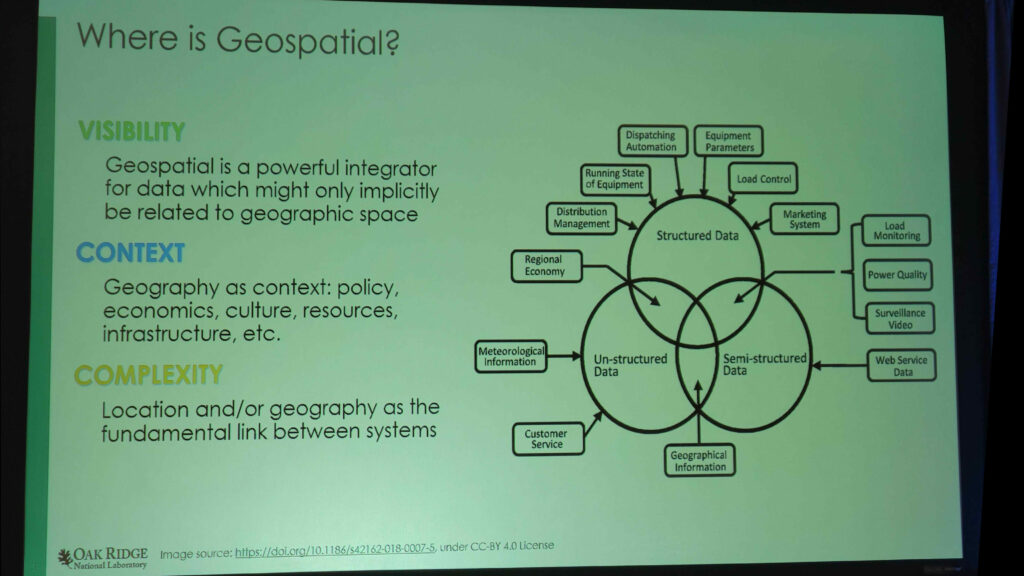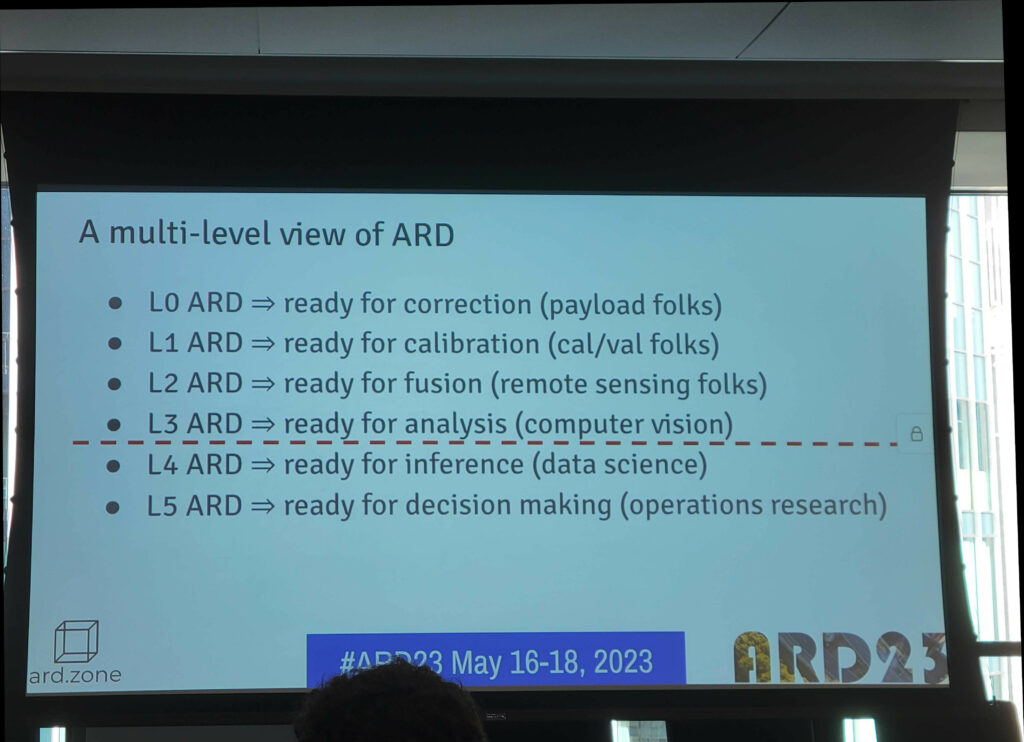I recently had the opportunity to attend two enlightening conferences: N51 in Banff, Alberta, and ARD in San Francisco, California. Both revolved around the complex and diverse realm of geospatial data. While each had its unique perspective, they shared a central theme: the potential and importance of geospatial data and time.
N51: A Future-Oriented Perspective
The N51 conference explored the forward-looking applications of geospatial data. Under the “geospatial alchemy” theme, the event focused on extracting meaningful value from geospatial data. The discussions and debates revolved around future strategies, innovations, and evolving trends in the satellite market. The underlying intention was to comprehend how geospatial data can aid in accurate predictions and capture market value over time.

ARD: Practical Approaches and Applications
Following N51, the ARD conference offered a different, yet complementary, perspective on geospatial data. Standing for Analysis Ready Data, ARD delved into practical applications and physical realities of geospatial data usage. Attendees examined the nuances of implementing new technologies, the significance of scientific principles in grounding innovations, and the importance of testable assumptions. The focus here was on articulating the scientific value of geospatial data over time, which can then be understood and transformed into tangible business value.

A Spectrum of Information: Analysis Ready Data and Audit Ready Data
The shared objective of both conferences lies in understanding and effectively using geospatial data to track changes over time. Geospatial data, represented by Analysis Ready Data and Audit Ready Data1, form a spectrum of information from past to future.
Audit Ready Data provides a retrospective view, demonstrating compliance, verifying data provenance, and aiding users in understanding an area’s historical context. Analysis Ready Data, on the other hand, guides users into the future, enabling predictive modelling, risk assessment, and strategic planning.
The common thread that connects the N51 and ARD conferences is exploring geospatial data’s potential across various industries. Despite their different focuses, the underlying objective remains consistent: to track and explain change over time using geospatial data.
The real value of geospatial data lies in the ability to explain the change, whether in a business setting requiring Audit Ready Data for compliance or scientific and advanced users needing Analysis Ready Data for accurate forecasting.
In essence, both conferences spotlighted a shared challenge: harnessing the temporal aspect of geospatial data. As we continue to navigate the multifaceted realm of geospatial technology, the importance of the temporal context – the “when” component – alongside the “where” becomes more critical.
At Sparkgeo, we understand how to extract value from legacy datasets and integrate them with new capture technologies to continue to provide value. If you are curious about ARD, Cloud Native Geospatial, or the Business applications of geospatial data, please, get in touch.
1 Arjen Vrielink makes a good argument for Audit Ready Data – https://medium.com/@vrielink/audit-ready-data-d8d02ce443a6

